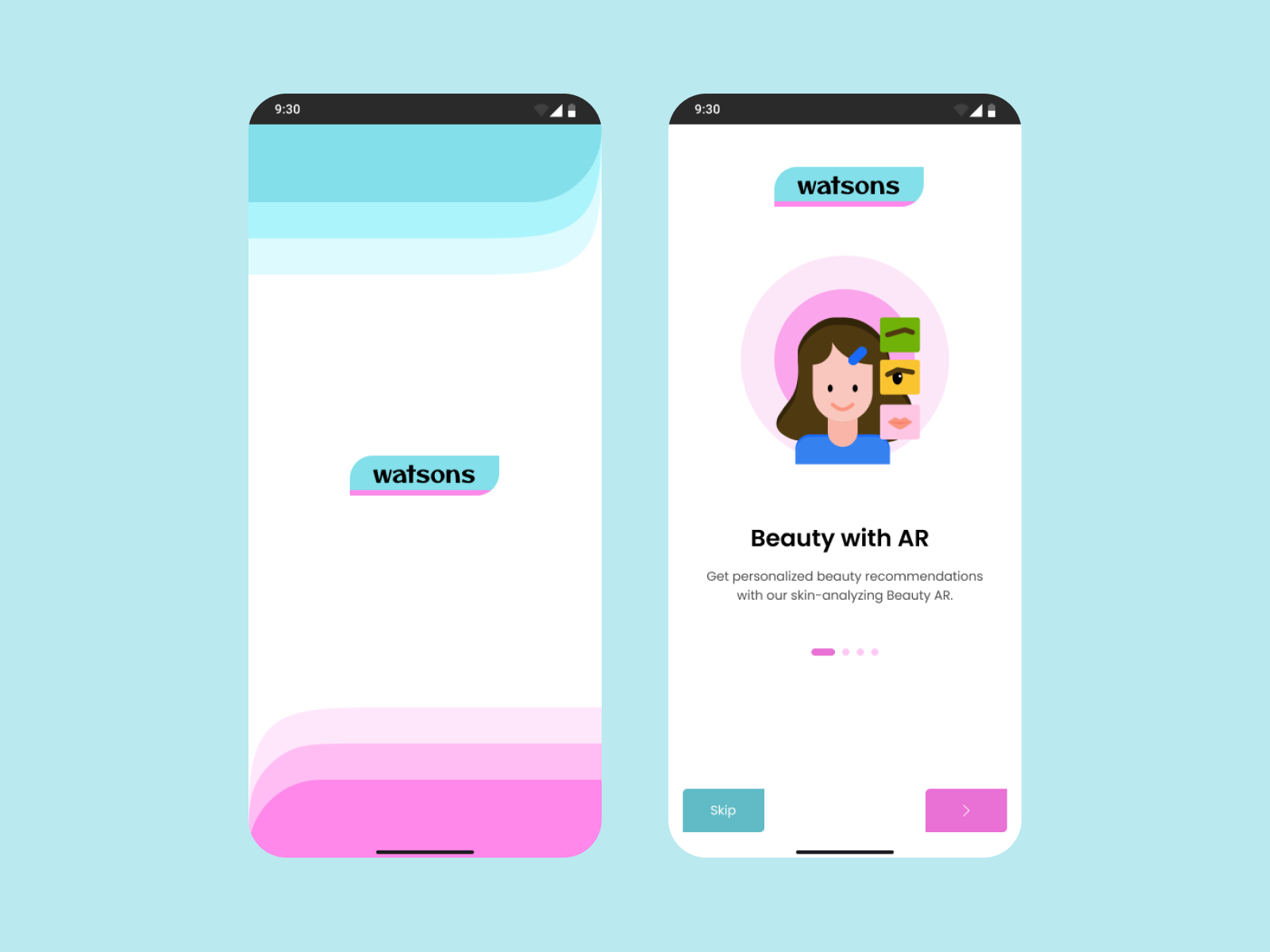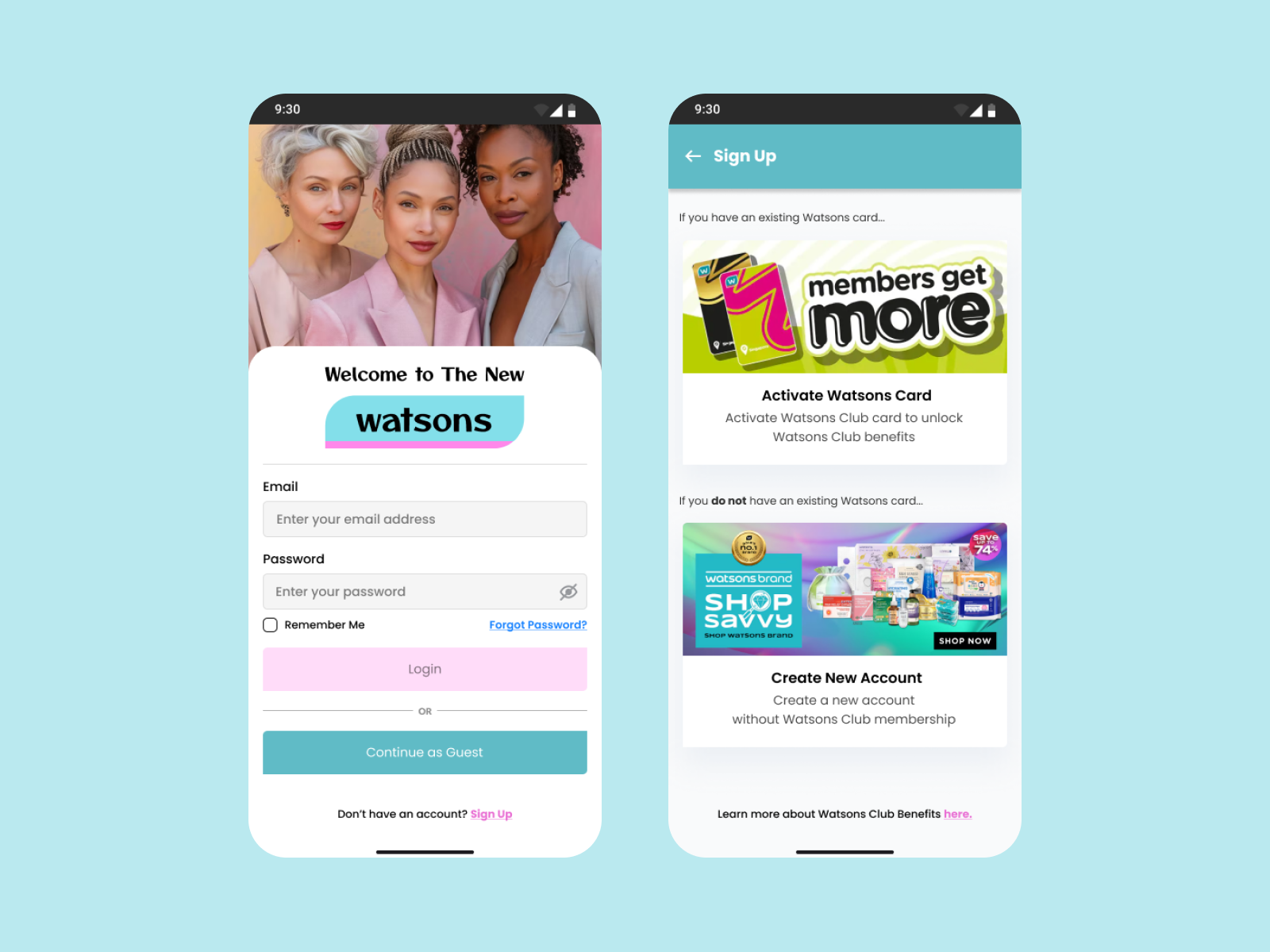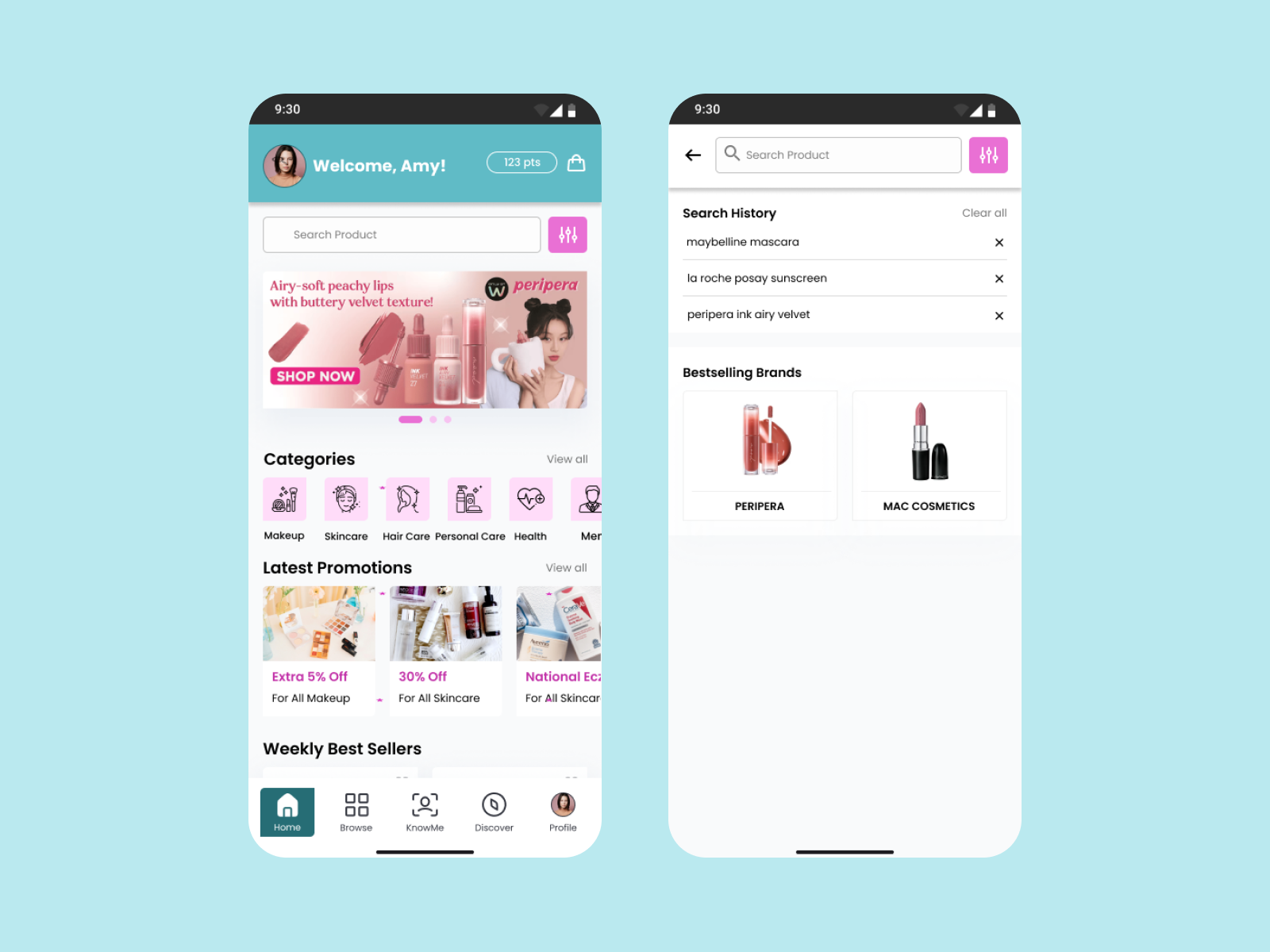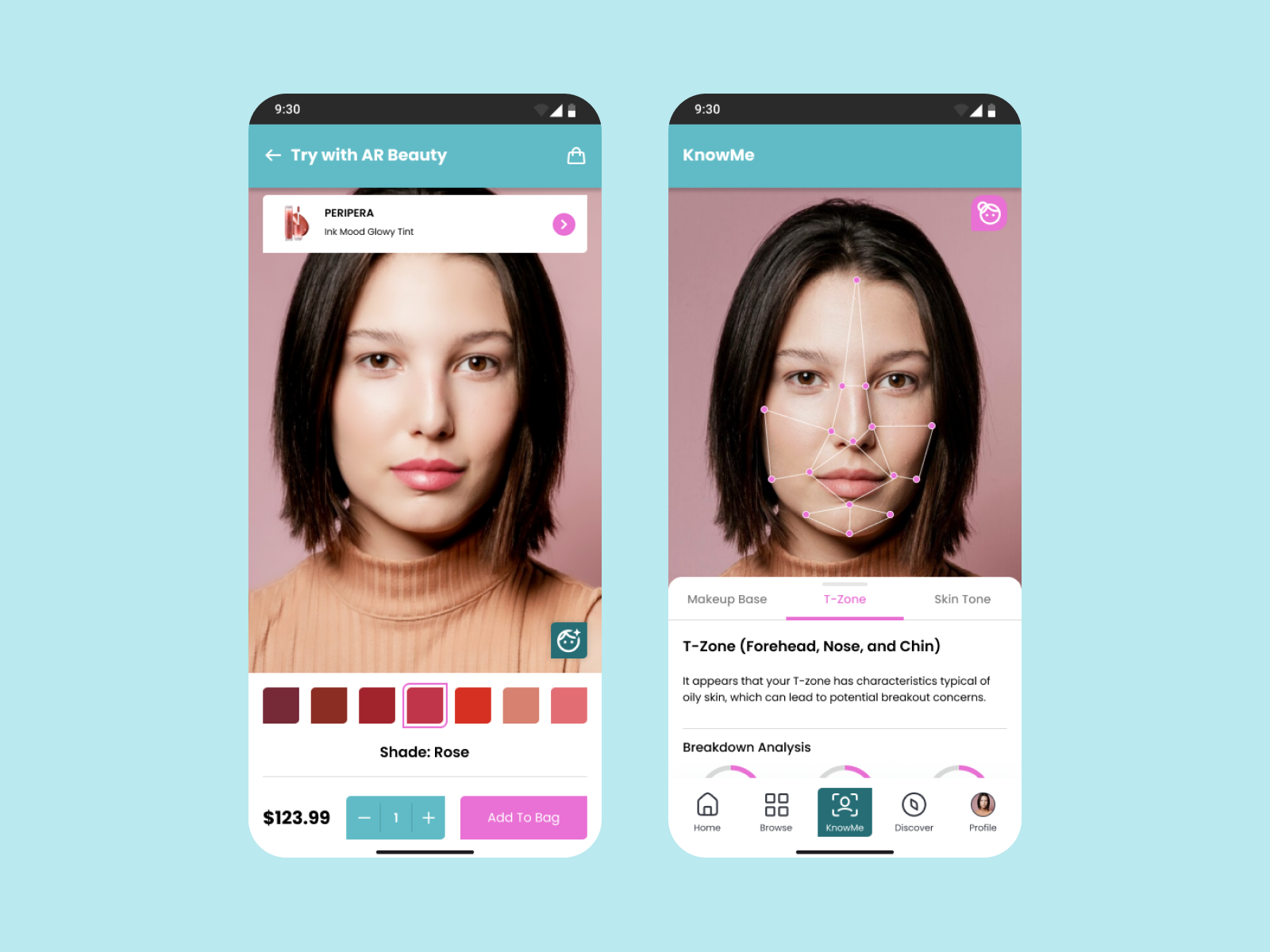Watsons (Enhancement Study)
In my third year as a game design student at DigiPen Institute of Technology Singapore, my group and I did an enhancement study and prototype of Watsons's app, in which we improve its user experience and design based on data gathered by its target audience, and created an AR makeup assistant and skincare analysis in the app to further enhance it.
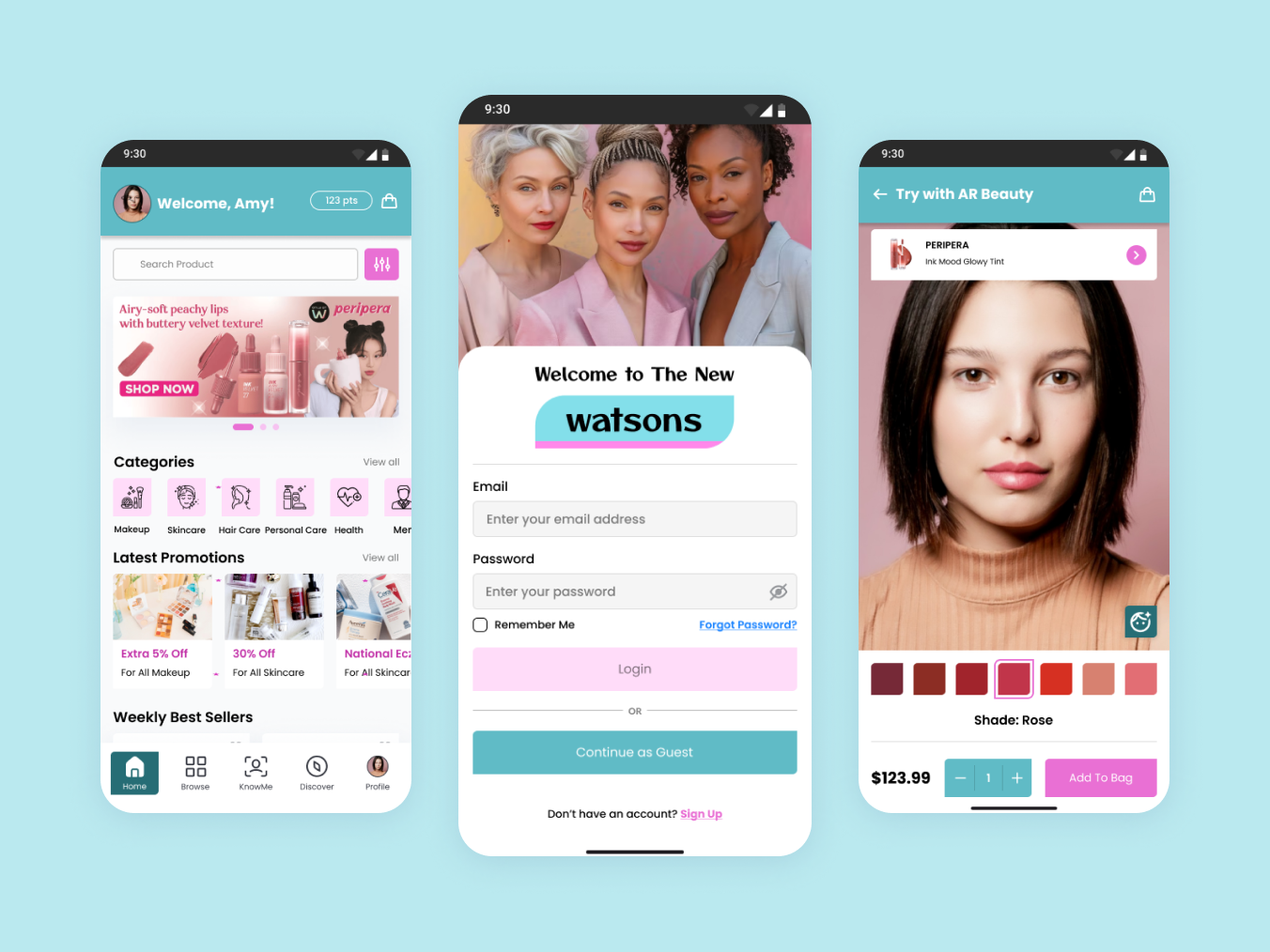

Design Process Pt.1: The Problem
Watsons’s mission is to help customers look their best, make positive choices, and feel amazing every day. However, their app doesn't offer such opportunies for its customers.
As a team, we realised that the Watsons app doesn't offer anything of value that would make its customers want to use its app rather than visiting their physical stores and online website.
Thus, we plan for this application to be targeted to its customers' widest audience - customers interested in makeup and skincare. This app aims to cater to those who don't have time to head down to a physical store, as well as act as an assistant for them to ensure they are able to buy items best suited for their skin types with assured confidence.
Design Process Pt.2: Gathering Data and Lo-Fi Prototype
With this problem statement, we conducted surveys and interview our intended target audience, getting their insights and experiences using the Watsons app as well as their purchase processes. From there, we created our user personas and journeys, as well as coming up with our low-fidelity prototype to address the users' pain points.
We also looked into competing apps to compare and reference the Watsons app to, and discussed how we could give our app an advantage over our competitors while successfully meeting the needs of our users.
To view our full documentation on this process, click here.
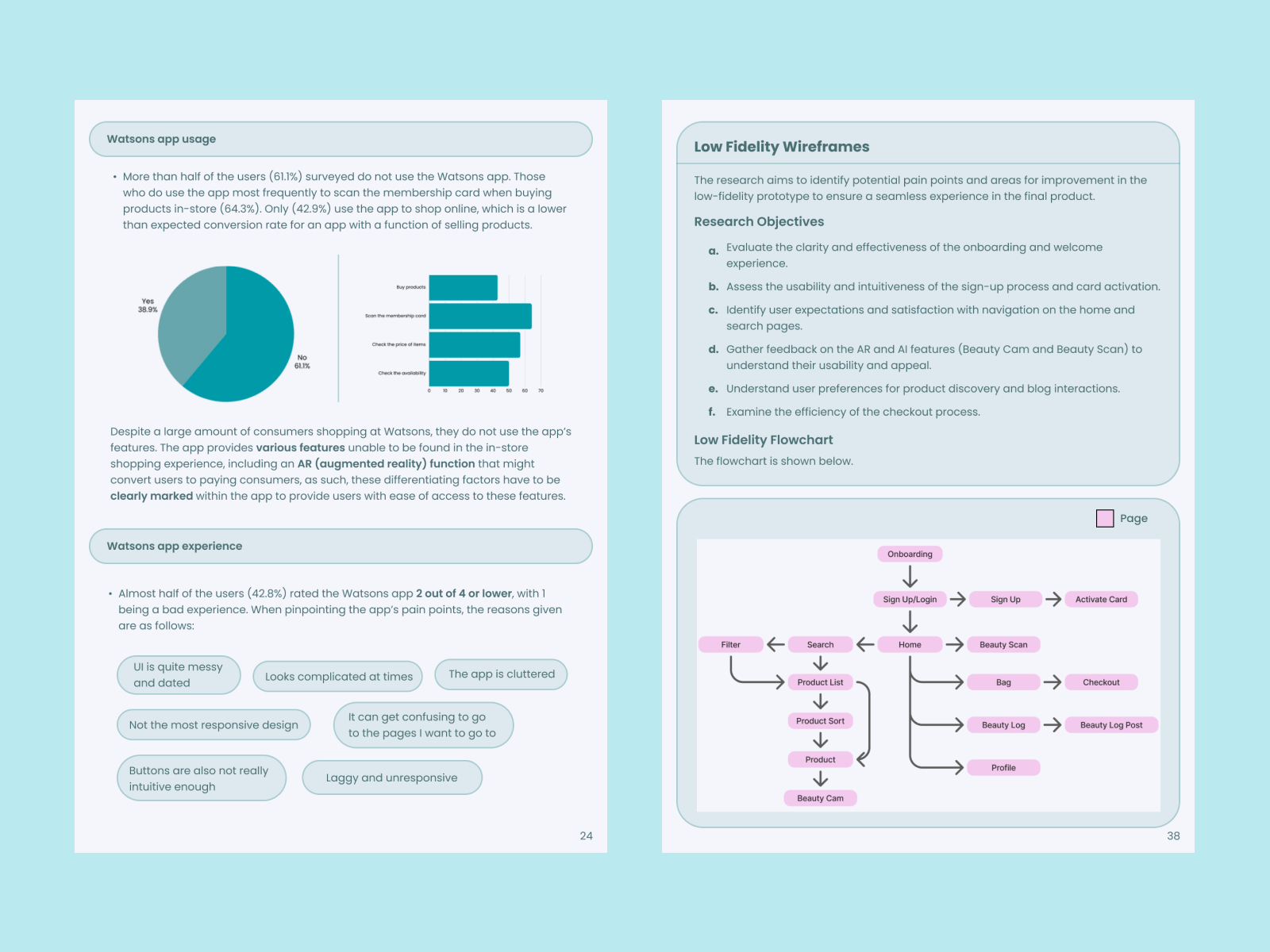

Design Process Pt.3: Mid-Fi and Hi-Fi Prototyping
We went through multiple iterations as we transit from low-fidelity, mid-fidelity to high-fidelity prototypes, conducting user testing with our users after every round of iteration to better understand their needs and adjusting how we approach our app.
After we completed the high-fidelity prototype, we gathered some of our survey respondents and conducted usability testing with them to get feedback on the Watsons app, such as if the app is now more incentive for its users, as well as if the AR makeup assistant and skincare analysis overall provides a more personalised experience for them.
To view our full documentation on this process, click here.
Role in the Team
In my team of 6, I helped out in the creation of the user personas and their respective user flows, the prototyping for the final iteration of the Watsons app prototype, as well as conducting user testings throughout the different iterations.
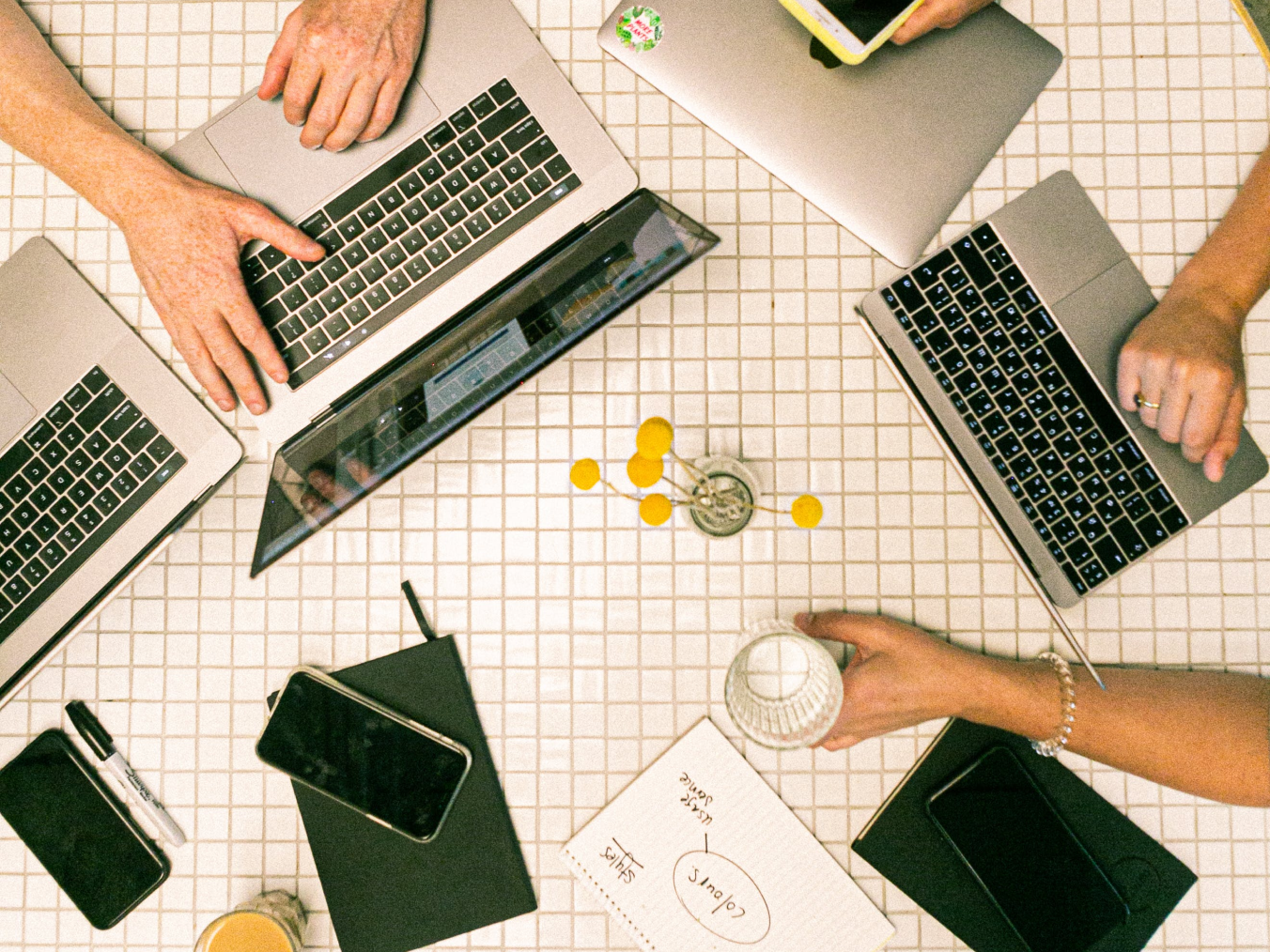
Mockups
Below are some of the mockup screens for the enhanced Watsons app. If you would like to view the full prototype itself, click here.
